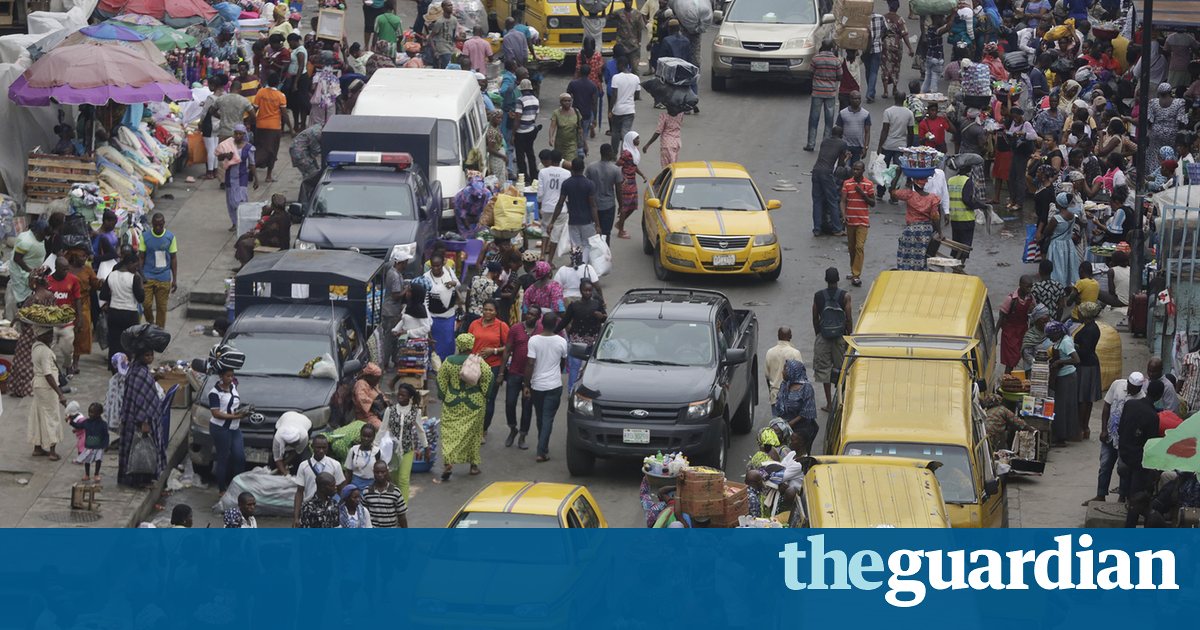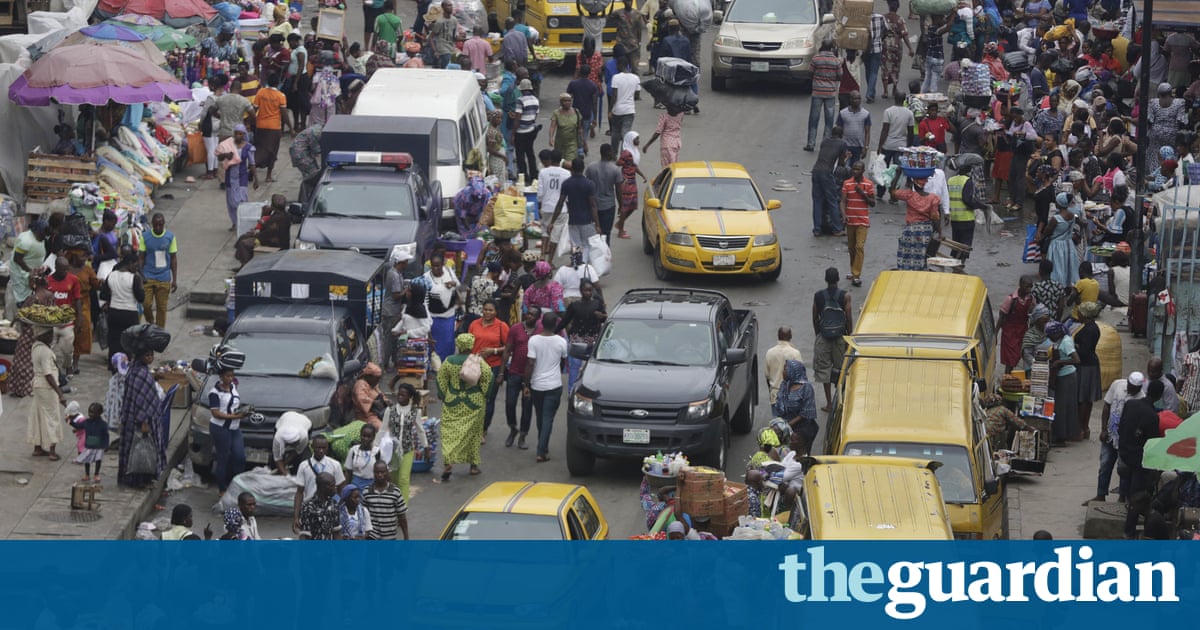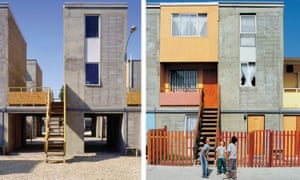Two billion more people will live in cities by 2035. This could be good or very bad

Cities are like magnets. Without a better model for growth, people will still come but they will live in awful conditions. This years Pritzker prize-winning architect presents his legal, financial and design roadmap to a new urban reality

This week in Quito as many as 45,000 people have gathered for Habitat III, the global UN summit which, every 20 years, resets the worlds urban agenda.
Why should we care? Well, to start with, in the next 20 years, we will witness more than two billion more people moving to cities. Depending on what we do to accommodate them, this could be good or very bad news.
Its good news because people are demonstrably better off in cities than outside them. For the poor, cities are efficient vehicles to satisfy basic needs. Having people in a concentrated space makes the implementation of public policies more effective (think of access to sanitation, and the consequences for reducing child mortality and epidemic disease).
For the middle class, meanwhile, cities are a concentration of opportunities for jobs, education, healthcare and even recreation. They offer the promise of social mobility. And for a certain elite, cities are a powerful vehicle to create wealth; their critical mass generates the appropriate environment for knowledge creation and prosperity in the broadest sense of the word.
In short, cities are like magnets, with the potential to take care of everything from the most basic needs to the most intangible desires.
Now for the bad news, which we could call the 3S menace. The scale and speed of this global urbanisation, and the scarcity of means with which we must respond to it, has no precedents in human history.
Of the three billion urban dwellers today, one billion live below the poverty line. In two decades time, five billion people will be in cities, with two billion of them below the poverty line.

To accommodate such growth humanely, we would need to build a city of one million people every week, spending no more than $10,000 per family. If we dont solve this equation, its not that people will stop coming to cities; they will still come, but they will live in awful conditions.
Whats at stake here is not just poverty but inequality too. Cities express in a very concrete and direct way the distance between the haves and have-nots.
Urban inequalities are often reflected in brutal ways from the distance people must travel to work every day, to the lack of quality public spaces, urban amenities and civic services. No wonder so much anger and resentment is accumulated in the peripheries.
Of course, this is problem is not exclusive to developing countries. Rich countries, despite having solved all their basic needs, experience a similar accumulation of social pressure as if it was a ticking time bomb.
A way to grow
To add one more level of complexity to the phenomenon of urbanisation, even if we do eventually find a way to build for that extra million people each week, we will go into environmental crisis, such is the carbon footprint of todays construction process.
This would not only be a green problem, but a major security threat too. According to a report by the US defence department, the next conflicts, wars and terrorist threats will be triggered by climate change.
There is a one-to-one correlation between zones of military conflict and a global map of water drought. This not only creates problems in the afflicted countries but also migrations towards less-affected areas, adding to the social pressure in the countries of destination too.